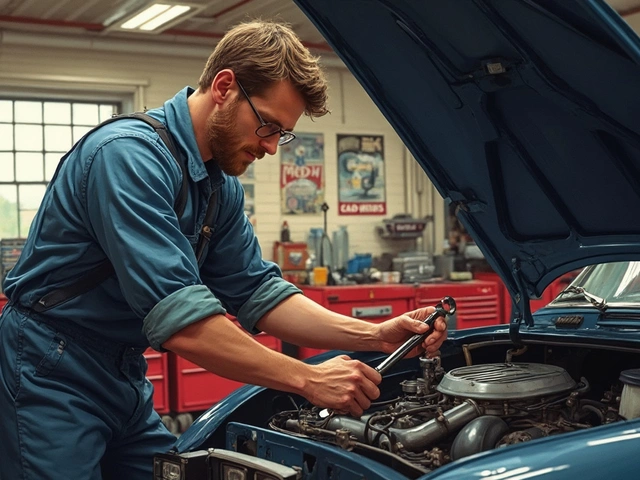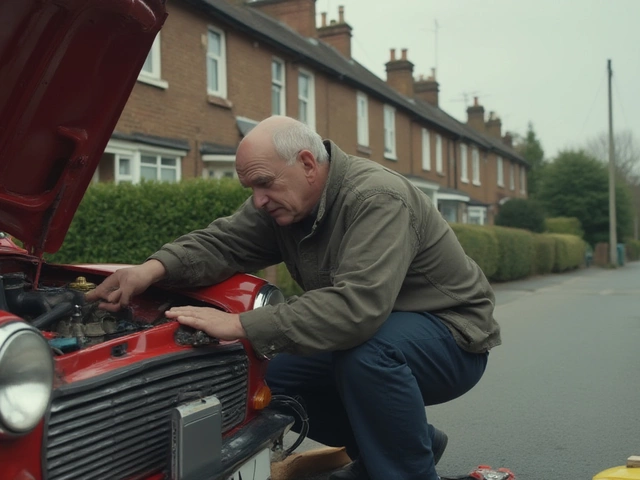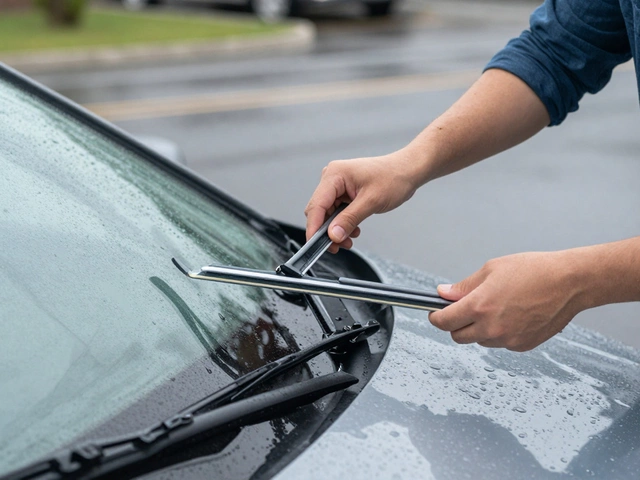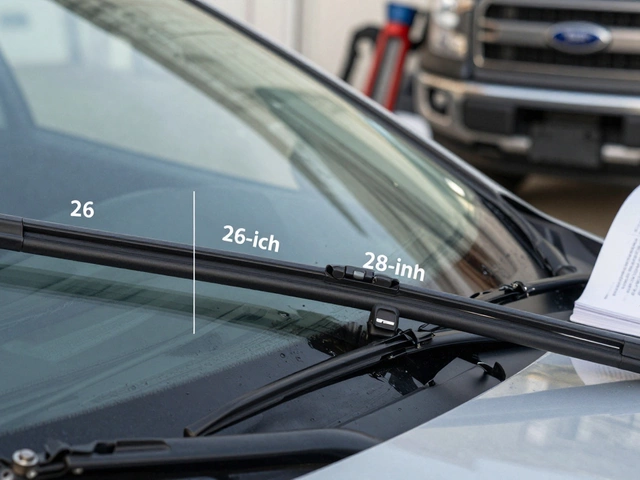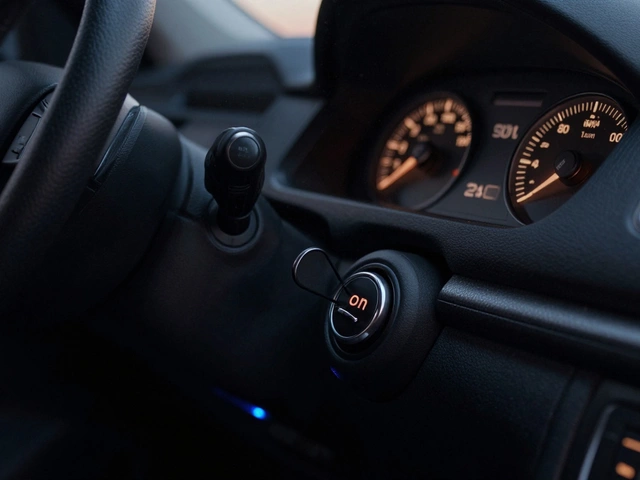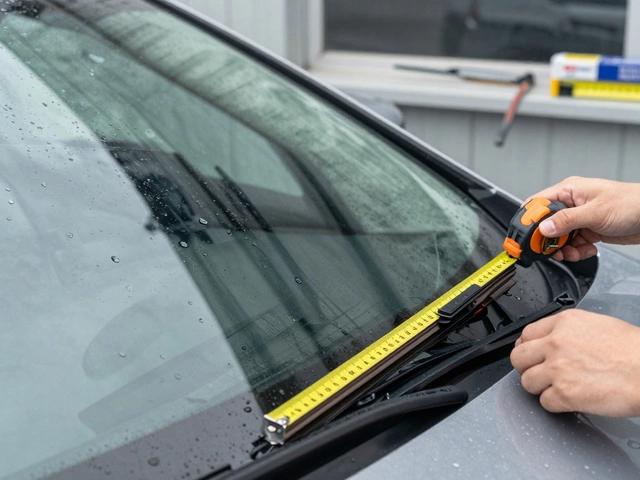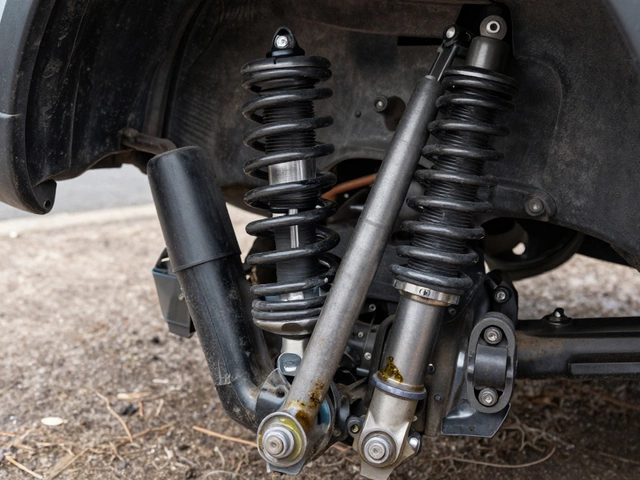If you've ever wondered how long those new brake pads on your ride are going to last, you're not alone. Most folks start second-guessing their brake performance, especially during those crucial stops at a red light. Typically, brake pads might last anywhere from 25,000 to 70,000 miles, which is a pretty big range, right? But there's more to it than just watching the odometer.
So, what gives with the differing mileage? A lot of it boils down to your driving habits. You know, if you're the type who brakes like there's no tomorrow at every stop sign or red light, they're going to wear out faster. Also, if you're often in stop-and-go traffic, those pads wear out quicker since they're constantly being used. It's kind of like wearing out a pair of shoes faster if you're always on your feet.
And let's not forget, the type of brake pad material you're rocking also plays a part. Ceramic pads, metal pads, and others each have their own lifespan quirks. Keep those in mind next time you're shopping for replacements. Regular checks can go a long way in catching wear early and saving you some cash in the long run.
- Understanding Brake Pad Lifespan
- Factors Influencing Wear
- Signs You Need Replacement
- Tips for Prolonging Brake Pad Life
Understanding Brake Pad Lifespan
When it comes to figuring out how long your brake pads will last, there's no one-size-fits-all answer. It's like asking how long a pair of sneakers will last—depends on use, right? On average, most brake pads last between 30,000 to 50,000 miles, but some can stretch it to 70,000 miles if you're treating them with care.
A big part of what affects brake pad lifespan is the type of material they're made from. Here's a quick rundown:
- Organic Pads: These are usually made from a mix of fibers and resin. They’re soft and quiet but wear out quicker than others, sometimes needing a swap as soon as 20,000 miles.
- Semi-metallic Pads: Durable and heat-resistant, these are a common choice for everyday driving. They tend to last around 35,000 miles, though they can make a bit more noise.
- Ceramic Pads: Known for their longevity and quiet performance, ceramics can last the longest—up to 70,000 miles under the right conditions.
Doug Nance, an automotive expert, once said,
“Regular maintenance and a good understanding of your driving environment play crucial roles in extending the life of your brake components.”
So, if you find yourself in lots of stop-and-go traffic or mountain drives, expect those pads to tap out sooner. City driving is rougher on brake pads than highway cruising, where you might barely touch the brakes.
Want a peek at how different pad materials stack up? Check out this quick comparison:
| Brake Pad Type | Average Lifespan (miles) | Pros | Cons |
|---|---|---|---|
| Organic | 20,000-40,000 | Quiet, inexpensive | Wear quickly |
| Semi-metallic | 35,000-50,000 | Durable, good performance | Can be noisy |
| Ceramic | 50,000-70,000 | Long-lasting, quiet | Costly |
In any case, keep an eye on them and listen to your car—it's bound to toss some hints when those brake pads are ready for a change.
Factors Influencing Wear
When it comes to how long your brake pads will last, it's not just about how much you drive, but how you drive. Let's break down what affects their lifespan beyond just the miles.
Driving Habits: How you drive plays a huge role. If you're the type who loves to slam on the brakes, you're likely wearing down the pads faster. Consistent, gentle braking, especially on highways, can really stretch out their life.
Road Conditions: Potholes, frequent stopping, and uneven roads aren't just bad for your car’s suspension; they’re rough on brake pads too. City driving with lots of stops can shave off miles from their expected life.
Brake Pad Material: The material of the pads matters. Ceramic pads last longer but can be pricier. Semi-metallic pads wear faster but are perfect for high-performance situations. Choosing the right one based on your driving needs and environment can help in the long run.
Vehicle Type: Larger vehicles, like SUVs and trucks, tend to use up their brake pads more quickly than smaller cars. The heavier the vehicle, the harder the brakes have to work, which means more wear and tear.
Environmental Conditions: Living in a hilly area? That constant braking downhill can spell early doom for your pads. Also, changes in weather, like heavy rain or extended hot periods, can indirectly affect braking by impacting road grip and braking effort.
| Factor | Effect on Brake Pad Lifespan |
|---|---|
| Driving Style | Harsh braking reduces lifespan significantly |
| Traffic Conditions | Heavy traffic leads to quicker wear |
| Terrain | Hilly areas require more braking effort |
| Weather Conditions | Extreme temperatures can impact effectiveness |
Keeping these factors in mind can help you make informed decisions about your car maintenance and potentially save you from sudden no-go situations. Remember, it's not just about driving but how and where you drive that counts!
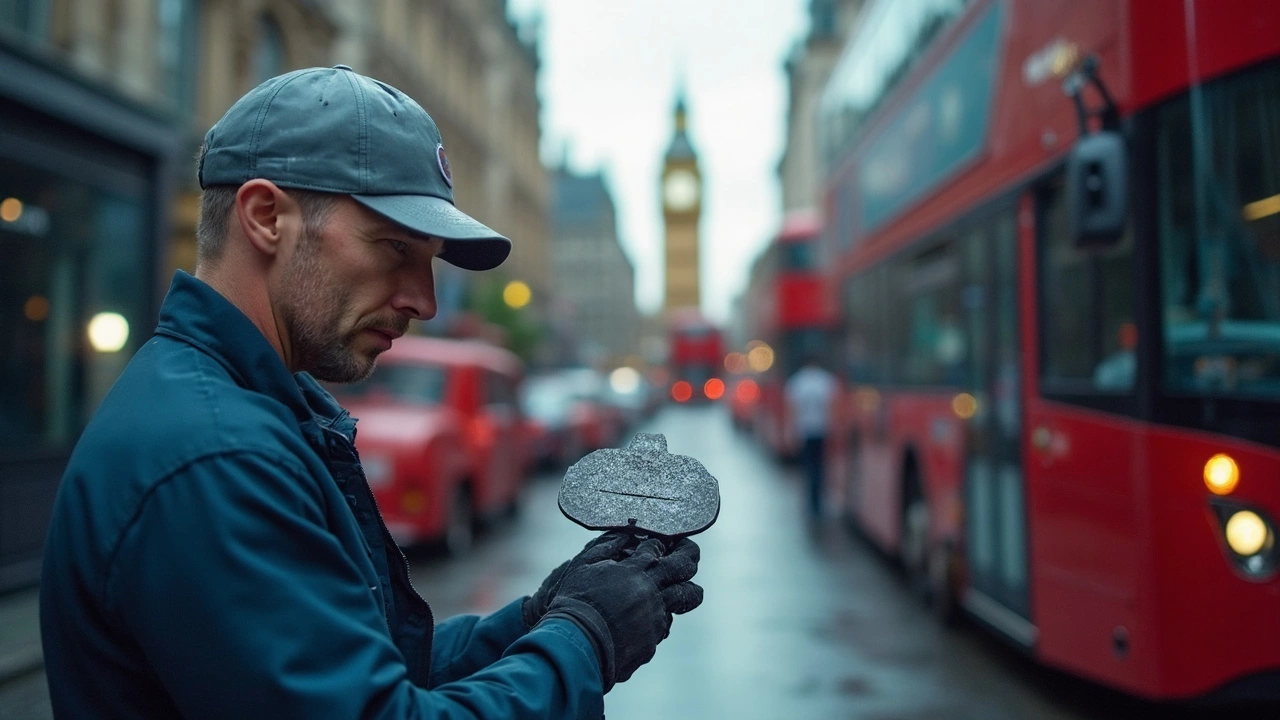
Signs You Need Replacement
Knowing when your brake pads need replacement isn't just about keeping your ride smooth; it's also about safety. So, what are some telltale signs? One big red flag is a squealing noise when you press the brake pedal. That high-pitched annoyance usually means the wear indicator is doing its job, letting you know it's time to swap those pads out.
You might also notice the brake pedal feels a bit softer or spongier than usual. A mushy pedal means the pads could be on their last legs, and they might not grip the rotors as they should. That's your cue to check them out sooner rather than later.
And don't forget to keep an eye out for a grinding noise. That sound usually suggests the pads are completely worn through and the metal parts are now clashing. If you’ve reached this point, make an appointment with a mechanic pronto. Waiting too long can lead to damage beyond just the brake pads, impacting rotors and costing you more in the long run.
- Warning Light: Many modern cars have a brake warning light to alert you when replacement is needed. Trust it—it knows what's up.
- Visual Check: Peek through the wheel spokes, and you can usually see the brake pad. Less than a quarter inch? Time for a new set.
Staying on top of these signs not only protects your wallet but also keeps you safe on the road. Routine checks are your best friend here!
Tips for Prolonging Brake Pad Life
Keeping your brake pads in top shape is not just about saving money but ensuring your safety on the road. Luckily, there are some practical steps you can take to squeeze more miles out of them.
First up, how you drive matters. Be gentle on the brakes; instead of slamming on them, try to anticipate stops and slow down gradually. This not only keeps the pads healthier but also saves on gas. It's a win-win!
Consider the weight your vehicle is carrying. Overloading can tax your brakes significantly. If possible, lighten your load to reduce strain on the system. Further, maintaining a safe following distance from the car in front allows for smoother and more gradual stops.
Another tip is about maintaining your entire braking system. Regularly check for any issues like leaking brake fluid or worn-out rotors since these can affect how the pads wear down. Scheduling periodic inspections with a trusted mechanic can catch potential problems early.
When it's time to replace the pads, choose a high-quality option. While it might cost a bit more upfront, premium pads tend to last longer and perform better, giving you peace of mind. Some drivers opt for ceramic or semi-metallic pads for their durability.
- Drive cautiously and brake gently.
- Keep your vehicle's load light.
- Maintain a safe following distance.
- Schedule regular brake system checks.
- Invest in high-quality brake pads.
Following these tips, you’ll not only extend the lifespan of your brake pads but also make your drives smoother and safer. Happy driving!

